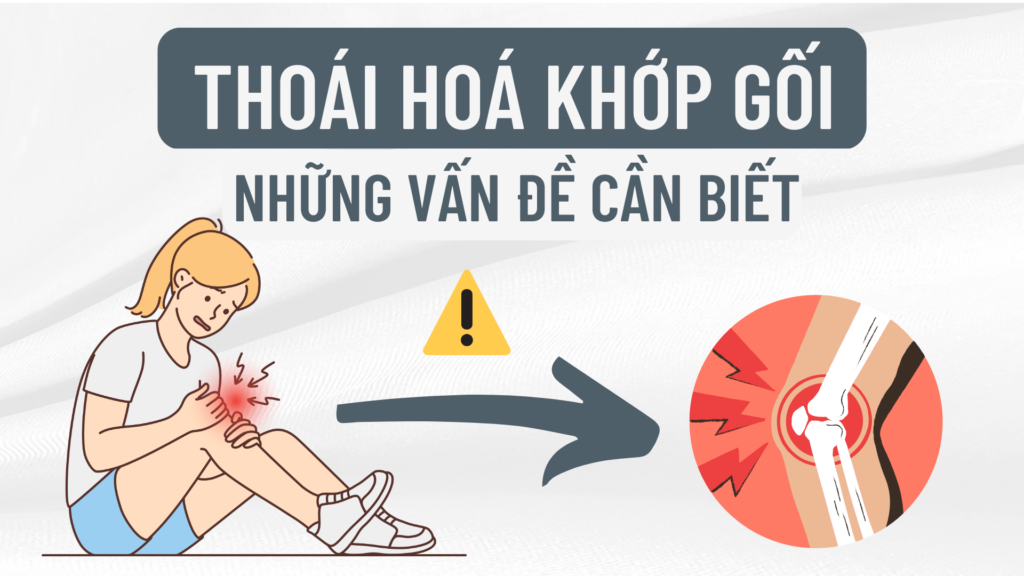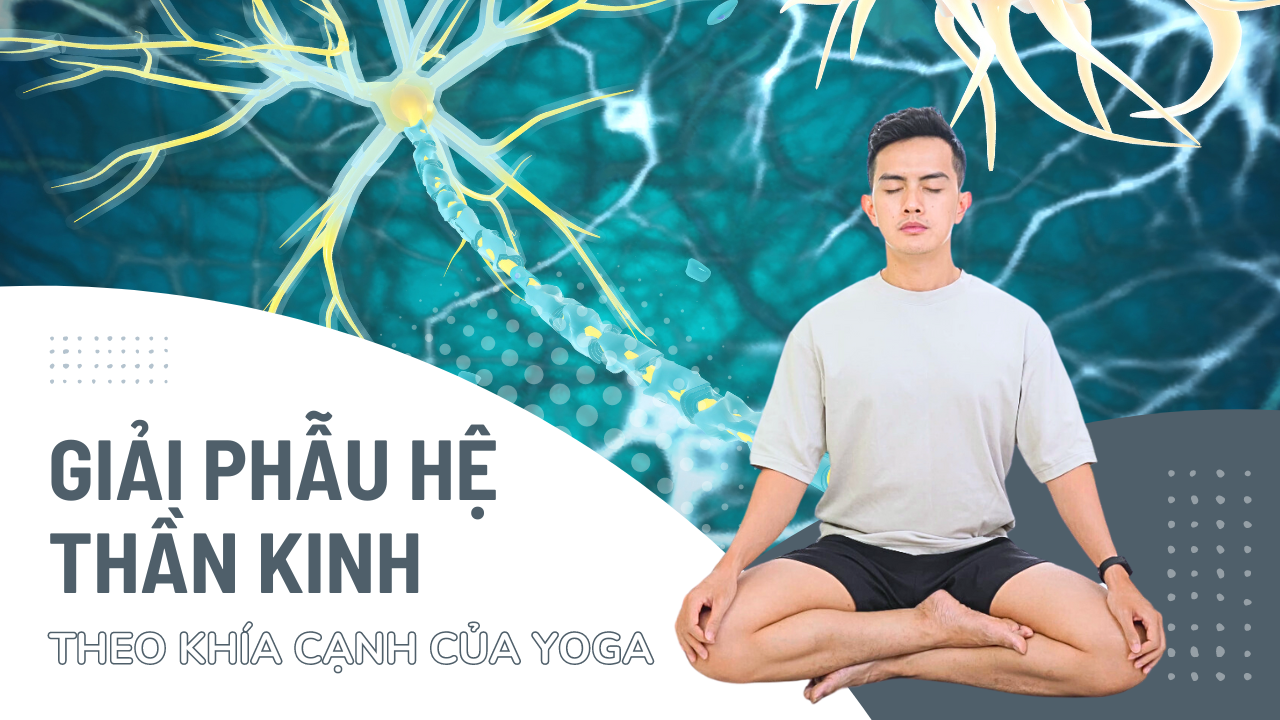Osteoarthritis of the knee is one of the most common types of arthritis. Have an adverse effect on daily life. This condition happens to nearly everyone in their 80s. In younger generations, men are more susceptible to osteoarthritis due to heavy physical activity or injury. To have an overview of the above disease, learn with Nguyen in this article!
What is Knee Osteoarthritis?

According to statistics, osteoarthritis is found in many hands, hips and spine. Most especially in the knee, it is caused by wear and tear in the joints over the course of a person's life.
Specifically with knee osteoarthritis, the cartilage in the joint begins to break down and the bone underneath begins to change. These changes usually develop slowly and get worse over time causing pain, stiffness, and swelling. In some cases, it also causes reduced function and disability; Some people are no longer able to do everyday tasks.
Causes of knee osteoarthritis
There are many causes of knee osteoarthritis. Here are some typical factors that make you more likely to develop the disease, including:
- Aging: Cartilage, cells, and tissues in and around joints are aging.
- Overweight or obese: When the body weight is heavy, it will put a lot of pressure on the bone and joint system, causing the ligaments to be damaged and degraded, leading to osteoarthritis, especially for high-stress joint areas such as the knees.
- History of trauma or joint surgery: Trauma contributes to the development of osteoarthritis. For example, athletes with knee-related injuries may be at increased risk for knee osteoarthritis.
- Overuse of repetitive joint movements: Overuse of certain joints also increases the risk of developing osteoarthritis. For example, people in jobs that require repeated bending of the knee have a higher risk of developing knee osteoarthritis.
- Family history of knee osteoarthritis: Some people have a genetic defect in one of the genes responsible for making cartilage. This causes the cartilage to be defective, leading to the degenerative condition of the knee joint.
- Other causes: In addition, some rare conditions, such as excess iron or excess growth hormone, increase the chance of developing arthritis.
Signs of knee osteoarthritis
Osteoarthritis has easy-to-recognize symptoms. They can be mild and often get worse, and include:
- Pain and tenderness in the knee joint, especially when standing up and sitting down.
- Pain following overuse of the knee joint such as sports or leg work, and even after prolonged periods of inactivity or rest can cause persistent pain and stiffness.
- The joints will become swollen (may or may not be painful).
- When moving the knee joint will make a noise.
- Feel pain or discomfort when pressing with your fingers on the affected areas.
Is osteoarthritis dangerous?

In addition to causing pain, there are a number of ways that knee arthritis can seriously affect your life such as:
Sleep disruption: Knee pain interferes with good sleep and recovery. Not getting enough sleep can make your pain seem more intense.
Reduced productivity: Many people miss work days each year because of chronic joint pain. Arthritis can also lead to a decrease in the ability to perform normal daily activities such as housework, cooking, dressing, etc.
Weight gain: Knee pain and stiffness can reduce your activity. You may stop wanting to participate in activities that once brought you joy. A lack of activity not only limits your enjoyment of life, but can also cause weight gain.
Extra weight can worsen other arthritis symptoms. As well as leading to an increased risk of complications such as diabetes, high blood pressure, heart disease, etc.
Other complications: Other complications that can arise from arthritis include: Bone death (bone necrosis), bleeding or infection in the knee joint, and deterioration of the tendons and ligaments surrounding the knee joint.
3 yoga exercises to treat osteoarthritis
Osteoarthritis is advised to combine natural exercises to improve the effectiveness of pain treatment, and Yoga is a great discipline for patients to apply simply but effectively, helping to increase their mobility. flexibility and mobility in daily life, stretching quadriceps and hamstring muscles.
1. Bridge Pose Yoga


Guide:
- Lie close to the ground, hands on hips and knees bent.
– Inhale, squeeze your buttocks, push your hips up, hold for a bit (hold 5 beats).
Then exhale and gently lower your hips down.
2. Advanced Bridge Yoga Pose


Guide:
- Lie down on the ground, hands on hips and knees bent.
- Lift one leg and straighten it, inhale to squeeze the buttocks and push the hips up (hold 5 counts).
- Exhale then lower your hips.
- Repeat 3 times and then switch sides.
3. Lying Down Yoga Pose


Guide:
- First, you lie on your stomach, knit your hands on your forehead (hands face down on the ground).
- Inhale, squeeze your buttocks and lift both legs at the same time (hold 5 counts).
- Exhale and slowly lower your legs.
Nguyen hopes that the above sharing will be effective and useful for you. Please follow and wait with Nguyen the posts about health and next Yoga!
Besides, Nguyen also has a clear and more specific yoga exercise for knee pain below, everyone can watch and practice with Nguyen. Or refer to many other Yoga classes here!



